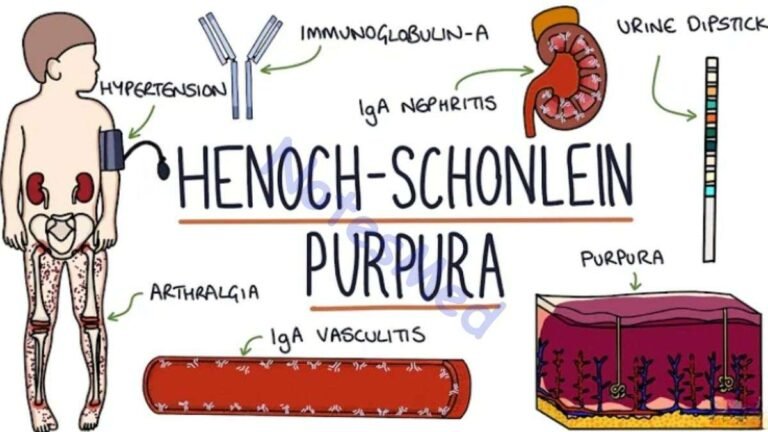What is soft tissue sarcoma?
Soft tissue sarcoma is cancer that begins in the different tissues such as muscle, fat, fibrous tissue, vessels (blood or lymph), or other tissue which is supporting the body. The tumors can be found everywhere in the body but most frequently present in the arms, legs, chest, or abdomen, etc. The sign of soft tissue sarcoma is a lump or swelling in soft tissue present in the body.
Can you die from soft tissue sarcoma?
Soft tissue tumors of sarcomas are life-threatening lesions, in these tumors, only 50 to 60 percent of patients are alive around five years after when they were first diagnosed or treated or cured, the survival rate is around five-year. Among those patients who died from soft tissue sarcoma, metastasis, or spread to different organs such as the lungs which is the most common cause of death.
How long can you live with soft tissue sarcoma?
The survival rate of soft tissue sarcoma is around five years.
| SEER Stage | 5-Year Relative Survival Rate |
| Localized | 81% |
| Regional | 56% |
| Distant | 15% |
| All SEER stages combined | 65% |
How quickly does soft tissue sarcoma grow?
Synovial sarcoma is a malignant tumor which is representing slowly growing, and it has been described that in synovial sarcoma cases, a considerable proportion of patients have an average symptomatic period is around 2 to 4 years, though, in some rare conditions, this period has been reported to be longer than around 20 years.
What is the difference between cancer and sarcoma?
Carcinomas are cancers that are developed from the epithelial cells, and that covers most of the internal organs and outer surfaces of the human body. Sarcomas are cancers that are developed in mesenchymal cells, and that makeup both the human bones and soft tissues, like muscle mass, tendons, and vessels.
Does soft tissue cancer show up on an x-ray?
Both benign and malignant tumors can be visible on imaging tests, like an x-ray. A radiologist, a medical doctor or consultant who performs and interprets imaging tests and helps to diagnose disease, in the case of tumors looks at the imaging test to help determine whether it may be benign or malignant (cancerous) tumors. Howbeit, a biopsy is practically always needed to diagnose cancer.
What doctor treats soft tissue mass?
If a doctor or consultant suspects that the people have soft tissue sarcoma, it will be referred to an oncologist who specializes in sarcomas. Soft tissue sarcoma is an impartially rare case and is best treated in a specialized cancer hospital or center.
How rare are soft tissue sarcomas?
Soft tissue sarcomas are rare cases around soft tissue tumors. They are seen around less than 1% of all cancers. But there are dozens of different types of cases, and they can be more commonly seen in children and adults. Around 13,000 people are diagnosed with one of these types of cancers every single year.
Where do soft tissue sarcomas grow?
In adults, soft tissue sarcomas can grow almost everywhere in the body, but these soft tissue sarcomas are most commonly seen in the head, neck, trunk, arms, legs, abdomen, and retroperitoneum. Soft tissue sarcoma is present in the soft tissue mass of the body including skeletal muscle, tendons, fat, vessels, nerves, and tissue around joints.

Are all sarcoma tumors cancerous?
A sarcoma is a type of tumor present in the body that is most commonly developed in connective tissue, including bone, cartilage, or muscle. Sarcomas can be benign (noncancerous) or malignant (cancerous) in the form of a tumor. The treatments include surgery, radiation, chemotherapy, and thermal ablation.
How do doctors detect soft tissue sarcoma?
MRI Scans are a diagnostic method by using a magnetic field and radio waves, an MRI scan which can create detailed three-dimensional pictures of the structures in the human body. This test helps to determine or detect whether a soft tissue sarcoma has developed from skeletal muscle, fat, or others.
How do you prevent soft tissue sarcoma?
The prevention of some soft tissue sarcomas is to avoid exposure to risk factors as soon as possible. Still, the most common sarcomas develop in humans with no known risk factors. At that time, there’s no known method to prevent this type of cancer. But people are getting radiation therapy, but it is a little choice of cure.
What is fibrosarcoma?
It is a slow-growing tumor and most commonly affects adults aged between the 4th and 7th decades of life. It most commonly occurs in the lower extremity (thigh and knee area), upper extremity, trunk, head and neck, and retroperitoneum. It is metastasis through the bloodstream.
Morphology of fibrosarcoma
- Gross:
- Grey-white, firm, lobulated, and circumscribed mass. Cut sections show the tumor is soft, fish flesh-like appearance, with foci of necrosis and hemorrhage.
- Microscopy:
- Uniform, spindle-shaped fibroblasts arranged in intersecting fascicles.
- In the well-differentiated tumors(‘herringbone pattern’ (herringbone is a sea fish) and poorly-differentiated tumors have a highly pleomorphic appearance with frequent mitosis and bizarre cells.
Symptoms of fibrosarcoma
- Painless or tender mass in an extremity (leg or arm) or trunk.
- Pain or soreness caused by suppressed or damaged nerves and muscles.
- Limping or other difficulty using legs, feet, arms, arms of the body
Fibrohistiocytic tumors
The characteristic feature of tumors is a cart-wheel or storiform pattern in which the spindle cells radiate outward from the central focus. They are Benign fibrous histiocytoma, malignant fibrous histiocytoma, and dermatofibrosarcoma protuberans
Dermatofibrosarcoma protuberans
It is a low-grade malignant tumor and frequently occurs in the trunk.
Morphology of Dermatofibrosarcoma protuberans
- Gross:
- Firm, solitary or multiple, satellite nodules extending into the subcutaneous fat and having thin and ulcerated skin surface.
- Microscopy:
- Highly cellular and composed of fibroblasts arranged in a cart-wheel or storiform pattern.
Malignant fibrous histiocytomas (MFH)
It is a pleomorphic sarcoma and It is the most common soft tissue sarcoma approximately 20-30 %. It more commonly occurs in males and aged between the 5th to 7th decades. The most common sites are the upper and lower extremities and retroperitoneum.
Morphology of Malignant fibrous histiocytomas (MFH)
- Gross:
- Well-circumscribed, multilobulated, firm, or fleshy mass, around diameter 5-10cm.
- Cut section: grey-white, soft, and myxoid.
- Microscopy:
- Spindle-shaped fibroblast-like cells (cartwheel or storiform pattern) and mononuclear round to oval histiocytes-like cells.
- Tumor showing the varying degrees of pleomorphism, hyperchromatism, mitotic activity, and presence of multinucleate bizarre tumor giant cells.
- Immunohistochemical markers: vimentin, a-chymotrypsin, CD68, and factor VIII-a




